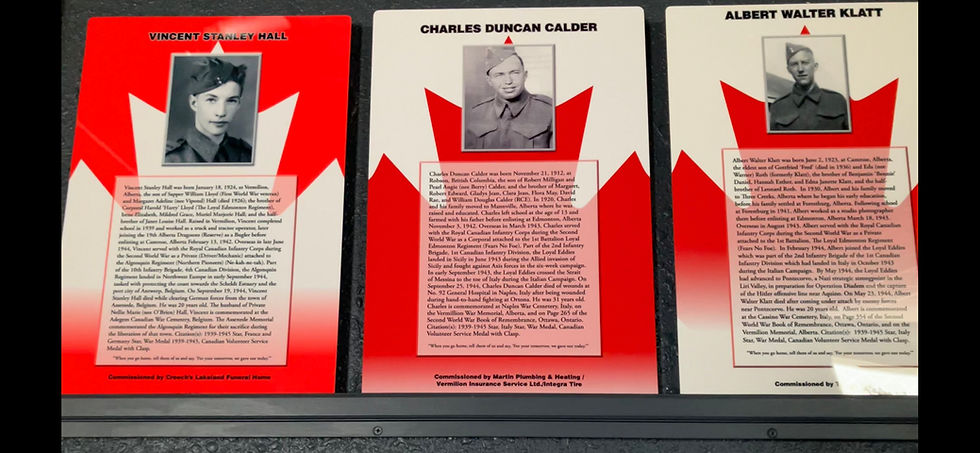Sask Alta Radio Club – Field Day
- Vermilion Voice
- Jun 25, 2018
- 2 min read
Attempting to communicate with people around the world and in outer space, the Sask Alta Radio Club hosted a Field Day at Bowtell Hall from June 23 - 24. The exercise was part of a North American Field Day where groups across the continent used ham radios from remote locations using generator power and portable antennas to create voice and over 50 additional modes of communication. Members of the club brought their own equipment and began setting up at 8 a.m. on June 23, with communication lasting 24 hours from 12 p.m. on June 23, to 12 p.m. on June 24. “Our club includes all ages and kinds of people all with different talents; some have a background in engineering or phones, and others just find it fun. I find the technical aspects interesting, and I love the comradery,” said Don Henry. The Sask Alta Radio Club is a part of Lakeland College’s Emergency Measures Plan, and has often hosted the event at either campus. With towns creating a lot of electrical noise, the group was eager to try the remote location. However, the challenge this time was the noise from far off lightning. “Every amateur radio operator in the world has a unique call sign,” said Henry. Throughout the day, the club used three radios to transmit signals from old repurposed military towers, as well as an antenna made by Stan Sewell from Maidstone, Saskatchewan (VE5SRS). These signals reflected off of the ionosphere landing at different locations depending on the conditions at that time. Approximately 20 contacts were made within the first two hours including ones in Delta, British Columbia; and North Dakota. An antenna made by Don Henry (VE6VAC) was used with very high frequency to break through the ionosphere to contact the International Space Station, track it from Vancouver to Montreal, by communicating with astronauts who participate in Field Day. Dean Sproull (VE5SPR) used a computer and FT8 frequency using only 4 or 5 watts to talk around the world situated near the trunk of his car and was able to make contact with someone in Alabama. Dwayne Friedrick from Lloydminster said that it is a fun hobby, being able to interact with different contacts, and that the farthest people he has talked to were in South Africa and New Zealand. “We definitely want to get some people out to our classes. Men, women, and youth are all welcome; anyone with a Canadian address,” said Friedrick. Two sessions of the basic amateur radio course will begin in October located in both Wainwright and Lloydminster. For $100, you can learn a new hobby, how radio works, assist in emergency communications, and meet new people around the world. It also includes course instruction, a student manual, an exam, a Canadian Radio Operators License, (when you pass the exam), your first year membership in the Sask Alta Radio Club, and a first year membership in Radio Amateurs of Canada. For more information, you can call Dwayne Friedrick at 780-872-2139, email dcjnd.frie@gmail.com or visit http://saskaltarc.ca.





Comments